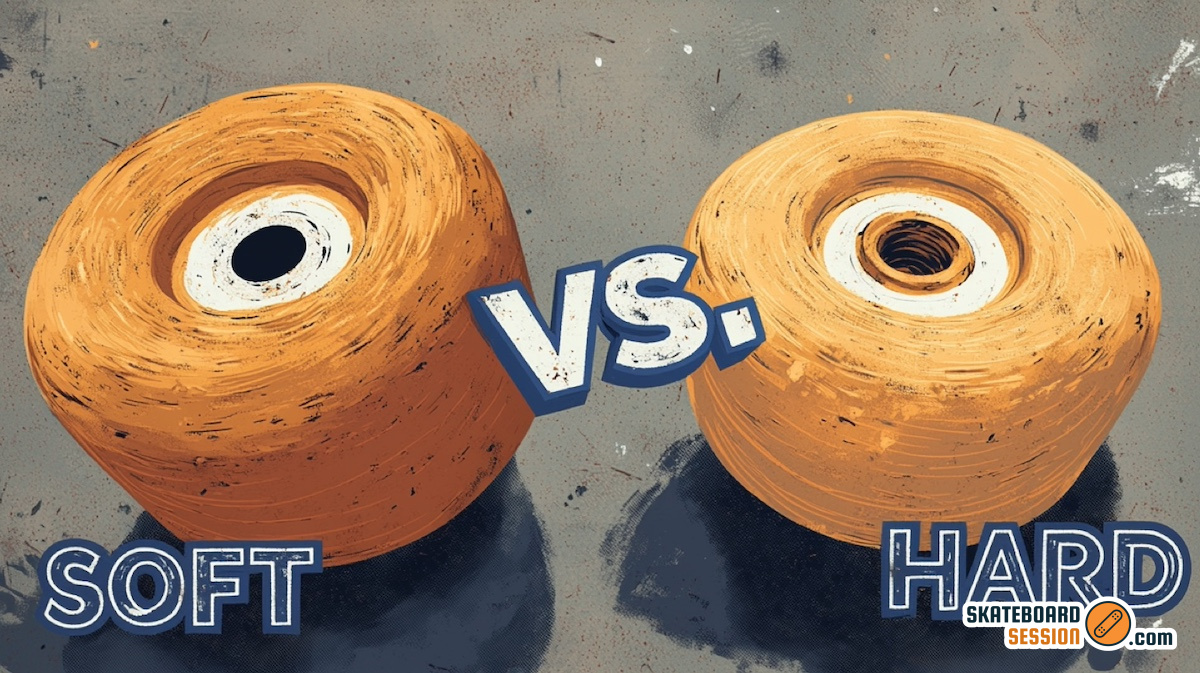What do skateboarding and the environment have in common? On the surface, not much. One involves shredding gnarly halfpipes, and the other involves trees. But as it turns out, skateboarding can significantly impact the environment—and vice versa.
In this post, we will explore the relationship between skateboarding and the environment. We’ll dive into the interesting world of sustainable skateboarding, figuring out how this popular sport affects the environment and learning what we can all do to reduce our environmental footprint.
And don’t worry, we’re not going to bore you with a bunch of technical jargon. We know what you want: puns about skateboarding and the environment! So here’s one for you: why did the skateboarder refuse to recycle? Because he wanted to do a kickflip, not a kickflip-flop. Alright, enough with the bad jokes. Let’s get to shredding some sustainable halfpipes!
What is skateboarding?
Skateboarding is a sport and recreational activity that has gained popularity among the youth. It involves riding a small board mounted on wheels while maintaining balance in a standing position. Skateboarding is often considered an extreme sport, and it has become a professional sport with various competitions, such as vertical and street-style events.
The simplicity and accessibility of skateboarding have made it a defining activity of urban cool since its creation in California during the 1960s. Skateboarding has even made its Olympic debut in the Tokyo 2020 games, held at the Ariake Urban Sports Park. The competition featured two rounds: prelims and finals, with park and street park events.
Skateboarding is a fun and exciting activity that has become a significant part of youth culture. From a simple means of transportation to a professional sport and Olympic event, skateboarding has come a long way since its inception.
Bones REDS Skateboard Bearings

Bones REDS Skateboard Bearings
- High-speed
- Pre-lubricated
- Inexpensive
I may earn a commission if you make a purchase at no additional cost to you.
What is the relationship between skateboarding and the environment?
Skateboarding and the environment have a complex relationship. This sport can have both positive and negative impacts on the environment.
One positive impact is that skateboarding can be used as an alternative means of transportation, which can help reduce carbon emissions from vehicles. However, some argue that the potential for skateboarding to contribute to sustainable transport outcomes is often hindered by some cities and towns enforcing bans on skateboarding.

On the other hand, one of the most significant negative impacts of skateboarding is the carbon footprint from the construction of skateparks. Most skateparks use concrete, a material that is not eco-friendly. Additionally, skateboard components like wheels and grip tape are often made from non-biodegradable materials that can harm the environment.
Another environmental issue associated with skateboarding is deforestation. Skateboard decks are typically made from Canadian maple trees, which grow slowly and produce strong yet flexible wood perfect for skateboards. This has led to concerns about the environmental impact of deforestation.
What can skateboarders do to minimize their impact on the environment?
One way skateboarders can minimize their environmental impact is by adopting sustainable materials. For example, a Dutch company, Wasteboards, has started making skateboards out of waste bottle caps, creating unique designs while also cleaning up the environment.
…skateboarders can contribute to broader efforts toward environmental conservation by using skateboarding as a tool for environmental activism.
Skateboarders can also explore eco-friendly materials such as bamboo or recycled plastic to create skateboard decks, wheels, and other components. They can also participate in green skateboarding events and adopt eco-friendly transportation options such as skateboarding to work or school.
Finally, skateboarders can contribute to broader efforts toward environmental conservation by using skateboarding as a tool for environmental activism. A study in the International Journal of Justice and Sustainability suggests that skateboarders can transform urban spaces and sustainably explore different ways of living.
If you want even more tips and insights, watch this video called “Capsule Skateboards | Impact Absorbing, Durable, Sustainable!” from the Braille Skateboarding YouTube channel.
Conclusion
Well, folks, we’ve reached the end of our journey through the perplexing and fascinating world of skateboarding and the environment. I hope you found this post as informative and entertaining as I did.
So, what did you learn about sustainable skateboarding? Did you have any idea that your favorite hobby could have such a significant impact on the environment? It’s crazy to think about, but it just goes to show that every little bit counts when it comes to reducing our ecological footprint.
If you have any questions or comments about the topic, please drop them in the comments section below. I read and reply to every comment and love hearing from my readers. And if you found this post helpful, be sure to share it with your skateboarding friends – let’s all do our part to keep the environment healthy and thriving.
Thanks for joining me on this wild ride through skateboarding and the environment. Until next time, keep shredding sustainably!
Key takeaways
This article covered skateboarding and the environment. Here are some key takeaways:
- Skateboarding can have a significant impact on the environment.
- Sustainable skateboarding practices can help reduce this impact.
- Skateboarders can adopt eco-friendly materials and participate in green skateboarding events.
- Environmental issues associated with skateboarding include deforestation and using non-biodegradable skateboard components.
- Skateboarding can be used as a tool for environmental activism and contribute to broader efforts toward environmental conservation.
- Sustainable skateboarding can benefit the environment in various ways, such as by promoting eco-friendly transportation and utilizing renewable energy sources.




































